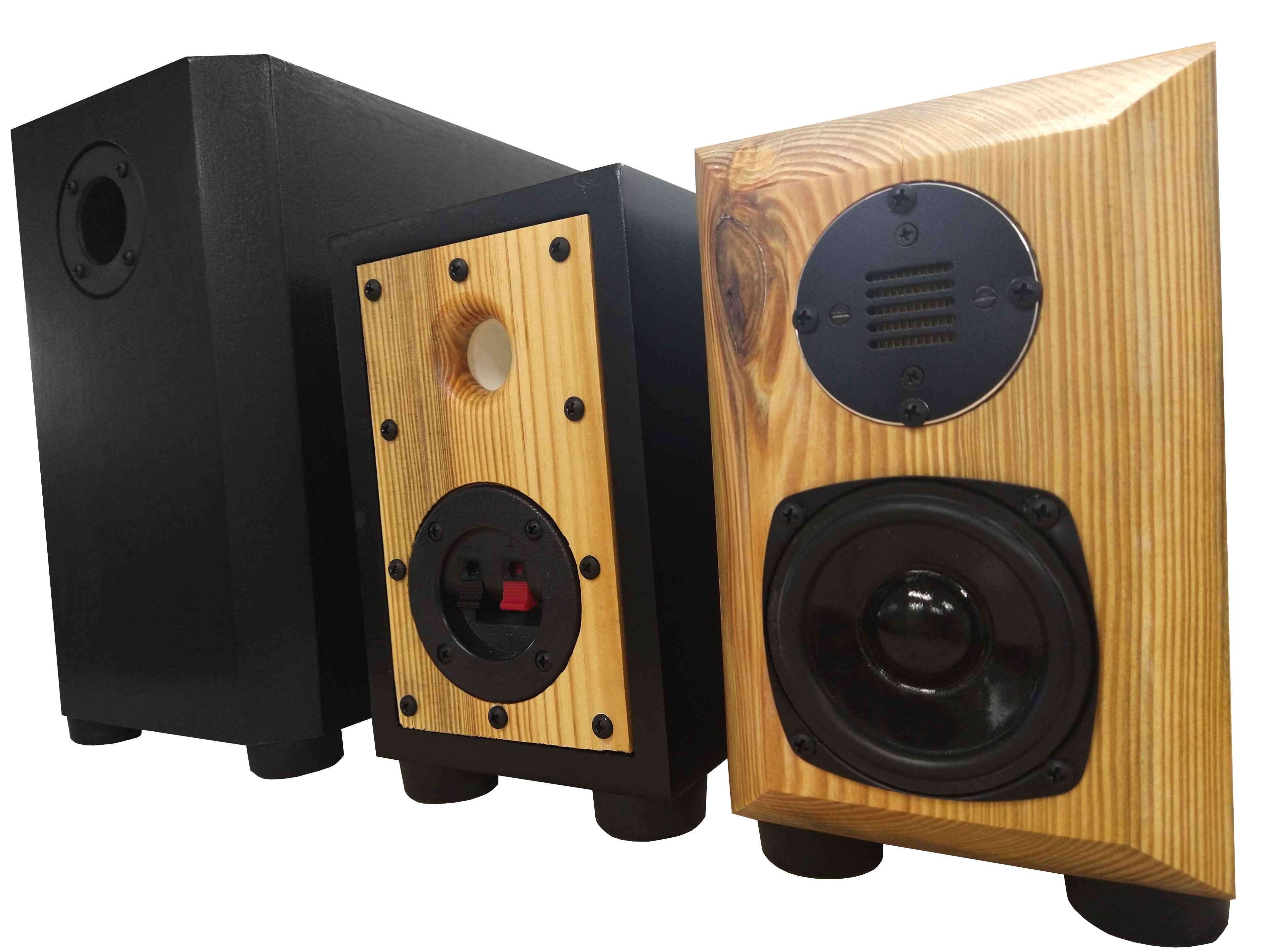
The Mockingbirds
Taylor Hansen
Project Category:
Bookshelf Speakers
Project Level:
Intermediate
Project Time:
20+ Hours
Project Cost:
$100-$500
Project Description:
The Mockingbirds are a 2.1 desktop speaker system intended for fun, larger than life sound.
Design Goals:
The goal was to make a great sounding system around the Dayton Mini AMT, while only using parts on hand. Additionally, I had some old fencing that I thought might clean up well, and make for some interesting grain patterns.
Driver Selection:
Due to the limited bandwidth of the Dayton AMT Mini-8, a nearly full range driver was needed to for the high crossover point required. Luckily, I had some JVC 3” full range speakers (you know…those little surround sound cubes from the late 90s and early 2000s). A quick “infinite” baffle measurement showed they could reach roughly 10kHz on axis, which proved to be a great match for these tweeters. Knowing that a ported 3” driver could never hope to achieve any real low-end extension below 80Hz (later proven by a winISD simulation), I turned to the Tang Band W5-1138SMF to handle the bass.
Enclosure Design:
The ported enclosure has an internal net volume of roughly 2.5 liters, and is tuned to 84Hz via a 1” ID PVC pipe. Simple 45 degree chamfers were added to the front baffle for a smoother off axis response, and hopefully a wider soundstage. A fully removable rear baffle was incorporated allow access inside the small cabinet. Foam wedges were later implemented to angle the tweeter to the listener, as the vertical off axis had multiple bands of SPL suckouts.
Paul Carmody’s Voxel subwoofer was heavily influential in the design of the Mockingbird’s subwoofer. The enclosure has a net internal volume of roughly 9 liters (slightly more than Paul’s 7 liters), and the port was tuned to 40Hz (slightly higher than Pauls’s 35Hz) via a 1-3/8” ID adjustable port.
Crossover Design:
The crossover point landed at 7kHz. This tweeter’s raw frequency response is choppy to say the least, but I ended up using simple 2nd order high pass filter, with a series resistor to attenuate the level. The woofer used a 1st order low pass filter, with an RLC shunt to tank the woofer’s cone breakup mode. Minimum impedance measured roughly 4 ohms.
Tips & Tricks:
Reclaiming hardwoods may be worth it, but I will not be reclaiming softwoods again anytime soon.
When using spray paint, ensure the temperature is not too low, or your paint will shrink and crack, giving your project a “snakeskin” effect.
Conclusion:
I love the way these AMT tweeters sound. I admit, they do not measure well, but they are incredibly crisp and detailed. I am also impressed with how well these cheap 3” JVC drivers can sound if you just limit their bandwidth accordingly. Stringed instruments and female vocals really seem to shine here. The off axis response turned out well for such a high crossover point, and really helped make the soundstage sound as big as possible. The Mockingbirds cannot stand on their own, and absolutely require the Voxel inspired subwoofer to fill in the bottom two octaves.
About the Designer:
I am an electrical engineer, musician, wood worker, volunteer, husband, and father. I have found a love for speaker building, and dedicated a decade to the hobby so far. I learn as I go, and reach out for help along the way from those who have paved the way before me. Someday I hope to pave the way for someone else too.
Project Parts List:
| Part # | Description | Qty. |
| 275-095 | Dayton Audio AMT Mini-8 | 2 |
| 081-435 | ¾” Screws | 2 |
| 081-430 | 1-1/2” Screws | 2 |
| 260-294 | Spring Terminal Cup | 2 |
| 260-770 | Penn-Elcom Rubber Feet | 2 |

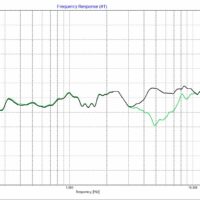
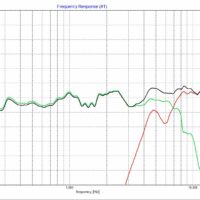
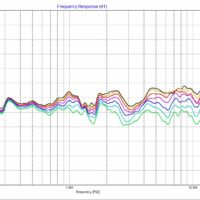
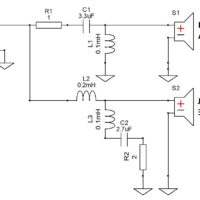
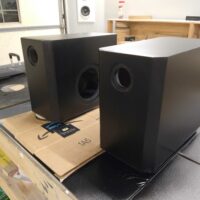
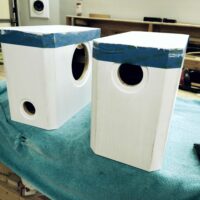

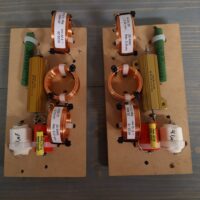
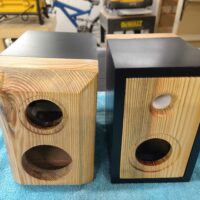
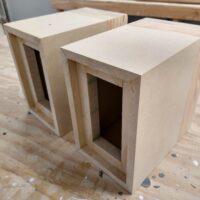
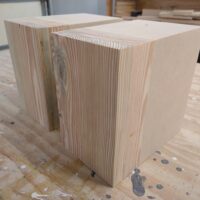
+ There are no comments
Add yours